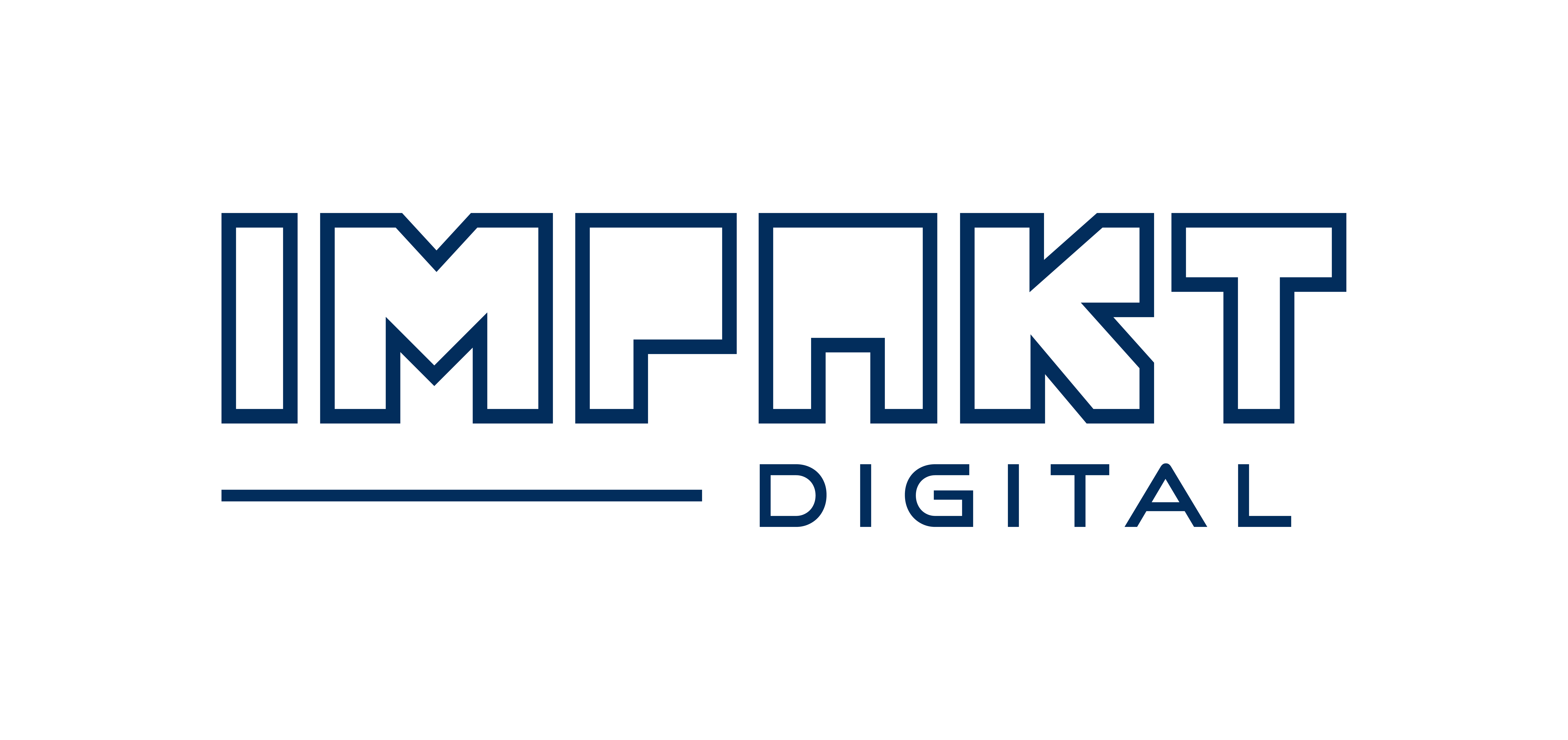
In the digital age, where Google searches often serve as the first point of contact between a business and its potential clients, establishing a robust online presence is not just beneficial—it’s essential. For small to medium-sized B2B companies in professional and commercial services, the digital landscape offers a fertile ground for growth and opportunity. However, navigating this landscape requires more than just a functional website; it demands a strategic approach to ensure your online footprint not only reaches but resonates with your target decision-makers.
This comprehensive guide is tailored specifically for businesses poised at the cusp of digital transformation or looking to refine their existing online strategies. Whether your website needs a complete overhaul or just a few tweaks, our step-by-step playbook will walk you through optimizing your website for search engines and converting incoming traffic into tangible business leads. From conducting a thorough website audit to mastering the art of content creation and SEO, we provide actionable insights designed for businesses with a general marketing background. Let’s dive into transforming your website into a powerful tool that not only ranks well on Google but also engages and converts your most sought-after clients.
1. Website Audit and Improvement
- Evaluate Current Website: Use tools like Google Analytics, SEMrush, or Ahrefs to analyze website performance. Look for issues like slow loading times, broken links, poor mobile responsiveness, and outdated content.
- Rebuilding/Improving Website: If necessary, consider a website redesign focusing on user experience, speed, and mobile responsiveness. WordPress offers various themes and plugins that can facilitate this process.
2. Keyword Research and Strategy
- Identify Relevant Keywords: Use tools like Google Keyword Planner or Moz Keyword Explorer. Focus on keywords relevant to your services and those your decision-maker audience might use.
- Long-Tail Keywords: Since you’re targeting a niche market, emphasize long-tail keywords. These are more specific, less competitive, and better at attracting qualified leads.
3. Content Creation and Optimization
- Create Valuable Content: Develop blog posts, whitepapers, case studies, and videos that provide value to your target audience. Topics should showcase your expertise in professional and commercial services.
- Optimize for SEO: Use your keywords strategically in titles, headers, meta descriptions, and throughout your content. Ensure it’s reader-friendly and provides value to your audience.
4. On-Page SEO
- Optimize Website Structure: Ensure clear navigation, a strong internal linking structure, and optimized URL structures.
- Meta Descriptions and Title Tags: Write compelling meta descriptions and title tags incorporating your target keywords. They should be inviting and informative.
5. Off-Page SEO
- Build Quality Backlinks: Reach out to industry blogs, directories, and publications for guest posting and feature opportunities. Focus on quality over quantity.
- Social Media Engagement: Use social media platforms to share content and engage with your audience, increasing brand visibility and backlink opportunities.
6. Technical SEO
- Improve Site Speed: Utilize tools like GTmetrix to assess and enhance your site’s loading speed.
- Mobile Optimization: Ensure your site is mobile-friendly, as this is a significant ranking factor for Google.
7. Conversion Rate Optimization (CRO)
- Strong Call-to-Actions (CTAs): Ensure CTAs are clear, compelling, and visible. They should guide visitors towards desired actions, like contacting you, signing up, or downloading a resource.
- Landing Page Optimization: Create dedicated landing pages for your services with a focus on simplicity, clarity, and persuasive elements.
8. Analytics and Improvement
- Regularly Monitor Performance: Use Google Analytics to track website traffic, user behavior, and conversion rates. Check out our website management services for more information here.
- Iterative Improvements: Regularly update your strategies based on analytics insights. SEO and CRO are ongoing processes.
9. Training and Education
- Educate Your Team: Since your marketing person might be a generalist, investing in SEO and digital marketing training can be highly beneficial. Consider partnering with us or online courses or workshops.
10. Staying Updated
- Follow Industry Trends: Digital marketing is ever-evolving. Stay updated with the latest trends and algorithm updates by following industry blogs and forums.
Additional Tips:
- Networking in Industry Communities: Engage in online communities and forums related to your industry. This can help in building brand authority and backlinks.
- Regular Content Updates: Keep your content fresh and updated. This not only helps with SEO but also positions your brand as a current and reliable source of information.
Mastering the art of digital presence is no longer optional for B2B businesses; it’s a critical component of success in our increasingly online world. By following the steps outlined in this guide, you can transform your website into a dynamic platform that not only ranks well in Google searches but also effectively engages and converts your target audience. Remember, the journey to digital excellence is ongoing and ever-evolving. Stay adaptable, keep learning, and continuously refine your strategies based on performance metrics and industry trends. Your website is more than just a digital brochure; it’s a powerful tool to connect, communicate, and grow your business. Embark on this journey with confidence and the knowledge that every step you take is a stride toward achieving your business goals in the digital arena.
If you would like to talk to one of our experts, book a Discovery Call today!

